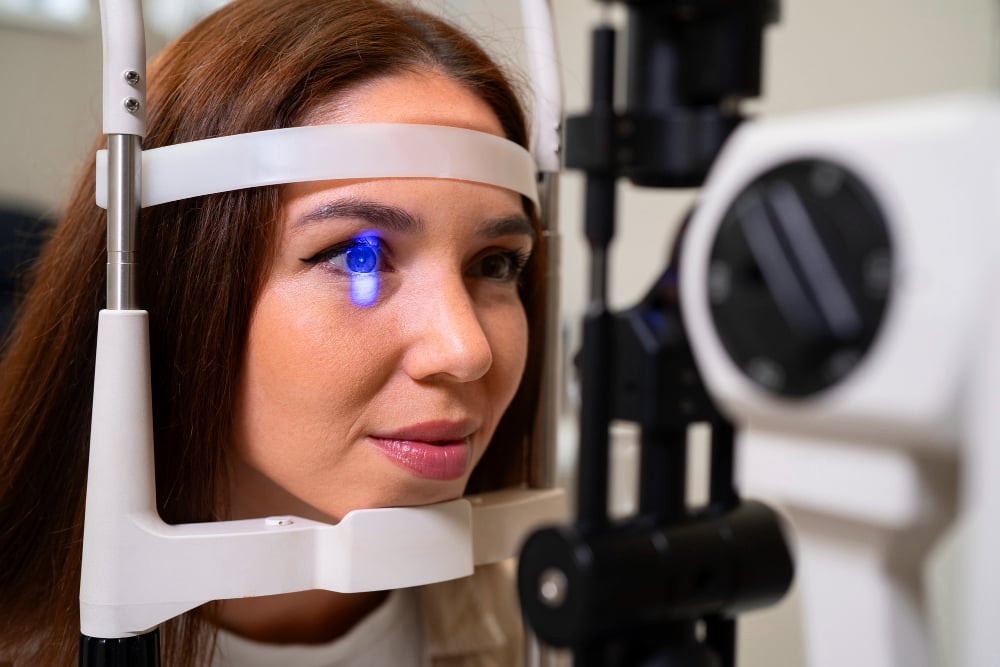
What is Hyperopia?
Farsightedness, or Hyperopia, is a vision condition that causes people to have difficulty seeing objects that are close up. The farsighted eye is shorter than normal. Light focuses behind the retina instead of directly on it. These patients have problems doing things such as reading the newspaper or working on a computer, but have no problems with far away objects such as the school blackboard or street signs. Over ¼ of adults worldwide are affected by hyperopia.